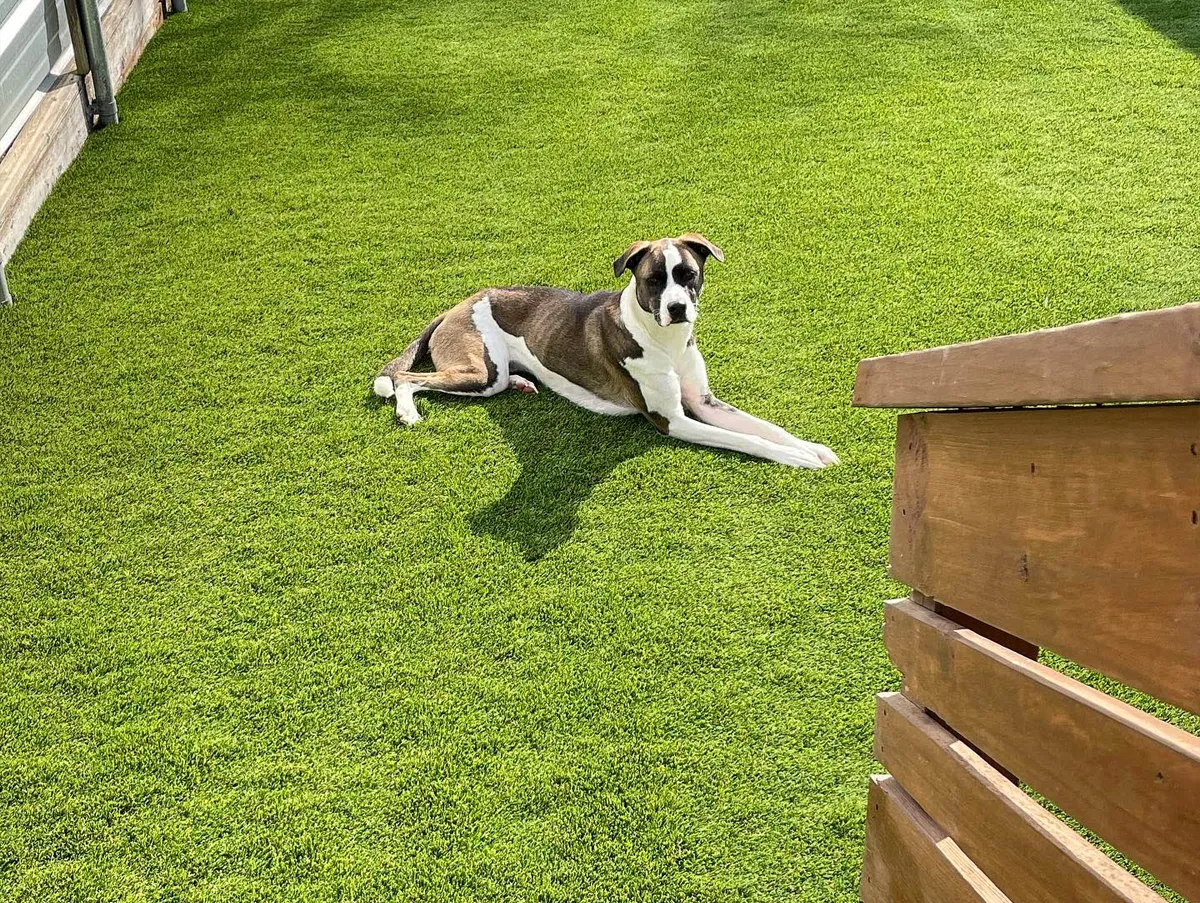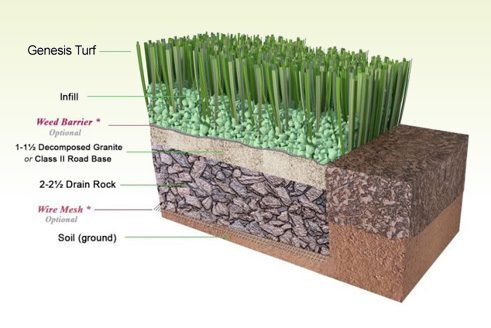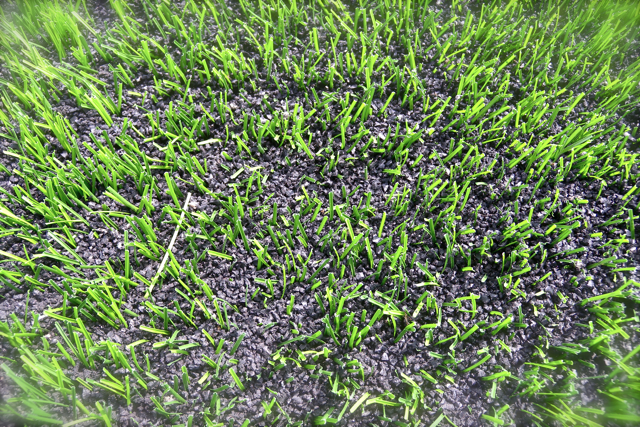Find the Best Turf Installation Phoenix AZ Solutions for Your House or Business
Find the Best Turf Installation Phoenix AZ Solutions for Your House or Business
Blog Article
Explore the Environmental Benefits of Opting for Synthetic Grass Solutions
The fostering of synthetic grass services provides a compelling possibility to attend to pushing ecological challenges. By dramatically lowering water use and decreasing the application of dangerous chemicals, these choices not just promote sustainable landscaping but also safeguard regional ecological communities. In addition, the reduced carbon footprint connected with decreased upkeep tasks contributes to a much more sustainable strategy to land administration. The effects of these advantages extend beyond mere preservation initiatives, elevating inquiries regarding their long-lasting impact on environment conservation and overall environmental equilibrium. Discovering these dimensions exposes an intricate interaction worth taking into consideration.
Water Conservation Conveniences
One of the most significant advantages of synthetic grass is its ability to save water. Traditional grass yards call for substantial watering, specifically in locations susceptible to drought or water restrictions. On the other hand, synthetic grass does not need watering, considerably lowering the general demand for water resources. This feature is especially advantageous in arid regions where water scarcity is a pushing worry.
By eliminating the demand for regular watering, artificial lawn contributes to sustainable landscape practices and helps minimize the ecological effect of excessive water intake. The conservation of water prolongs to the decrease of overflow, which can lead to dirt erosion and waterway air pollution.
Additionally, the installment of synthetic grass allows towns and home owners to designate water sources much more successfully, concentrating on important uses such as alcohol consumption water and agriculture. The shift towards synthetic grass not just advertises accountable water usage however additionally straightens with more comprehensive environmental goals focused on protecting natural deposits.
As neighborhoods progressively prioritize sustainability, the water conservation benefits of fabricated lawn offer an engaging instance for its fostering in household and business landscaping projects.
Reduced Chemical Usage
The transition to synthetic grass considerably lowers the dependence on chemical therapies frequently made use of in all-natural turf maintenance. Traditional turf management generally involves the application of chemicals, plant foods, and herbicides to promote development and control insects. These chemicals can position risks to human wellness, regional wild animals, and the setting, adding to dirt and water contamination.
In comparison, synthetic grass eliminates the requirement for these harmful compounds. When installed, it needs marginal upkeep, primarily including regular cleaning and seldom infill replenishment. This decrease in chemical use not only profits the prompt atmosphere yet likewise contributes to broader eco-friendly stability. By lessening the launch of artificial compounds into the community, synthetic grass advertises healthier dirt and water systems.
Moreover, the absence of chemical overflow connected with synthetic grass installations helps safeguard regional waterways from pollution, supporting aquatic life and preserving biodiversity. Turf installation phoenix az. As neighborhoods progressively prioritize lasting techniques, deciding for fabricated lawn provides a feasible service that lines up with environmental preservation goals. With this shift, homeowner can appreciate lavish environment-friendly areas without jeopardizing ecological health, leading the way for a more lasting future
Reduced Carbon Footprint

Moreover, the installation of synthetic grass can lead to substantial water preservation. Natural yards call for significant quantities of water for irrigation, which not only includes to the carbon impact connected with water removal and therapy but likewise strains local water resources. On the other hand, synthetic turf needs very little upkeep, requiring no watering, therefore substantially lowering water use and its connected power costs.
Additionally, the durability of synthetic grass adds to its lower carbon influence. With a lifespan of as much as 15 years or even more, the demand for constant substitutes is decreased, causing much less waste and reduced power consumption in manufacturing and dealing with conventional turf alternatives. On the whole, artificial turf presents a lasting option see page for environmentally conscious landscaping.
Environment Preservation
Habitat conservation is a critical factor to consider in the debate over landscaping selections, especially when comparing fabricated lawn to natural lawn. All-natural yard yards often call for substantial maintenance, including making use of fertilizers, chemicals, and herbicides, which can detrimentally influence regional environments. These chemicals can leach right into the dirt and waterways, damaging native flora and fauna and interrupting local environments.
Fabricated lawn eliminates the requirement for unsafe chemicals, thereby safeguarding close-by wildlife and preserving the stability of bordering ecosystems. The installation of man-made grass can lead to the conversion of former turf locations into even more biodiverse landscapes, such as pollinator yards or indigenous plant areas, which can support regional wildlife.
Eventually, the transition to synthetic grass not just saves water and minimizes upkeep efforts but also cultivates an extra unified partnership in between human activities and the natural environment, advertising environment preservation in the procedure.
Long-Term Sustainability
Lasting sustainability is a vital element see this here in evaluating the benefits of man-made grass over standard lawn lawns. Among one of the most considerable benefits of synthetic grass is its toughness; it can last as much as 15-20 years with marginal maintenance, whereas all-natural turf requires frequent reseeding and substitute. This longevity lowers the requirement for constant sources, such as water, plant foods, and pesticides, which are necessary for maintaining a healthy yard lawn.
In addition, synthetic grass adds to a reduction in carbon exhausts related to yard treatment tools. Standard grass commonly need gas-powered mowers, trimmers, and blowers, every one of which add to air contamination. Artificial turf companies phoenix. In comparison, artificial grass eliminates the requirement for such tools, advertising a cleaner environment
In addition, the production of man-made lawn increasingly uses recycled products, enhancing its sustainability profile. As makers take on environmentally friendly techniques, the ecological footprint of synthetic grass proceeds to lessen.

Verdict
The fostering of synthetic grass remedies presents significant ecological benefits, consisting of considerable water preservation, decreased reliance on dangerous chemicals, and a reduced carbon impact. Fabricated grass aids in protecting natural habitats by minimizing land disruption and advertising long-lasting sustainability with the use of durable products. Jointly, these variables emphasize the capacity of synthetic grass to contribute positively to environmental wellness and use a viable option to traditional landscape design methods in a significantly resource-conscious globe.
In comparison, synthetic lawn does not need watering, substantially decreasing the overall demand for water sources. By reducing the launch of synthetic substances right into the ecosystem, man-made lawn promotes much healthier soil and water systems.
Furthermore, the setup of man-made grass can result in substantial water preservation. In contrast, man-made lawn needs very little maintenance, calling for no watering, consequently substantially decreasing water use and its associated power costs.

Report this page